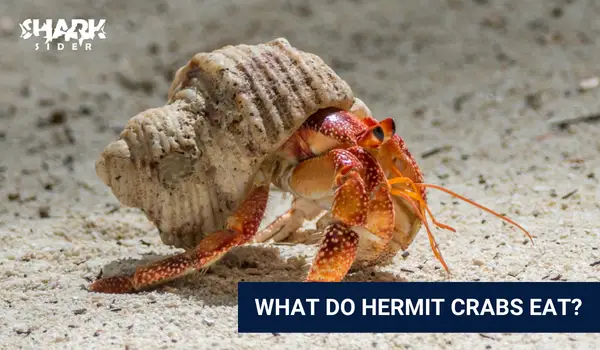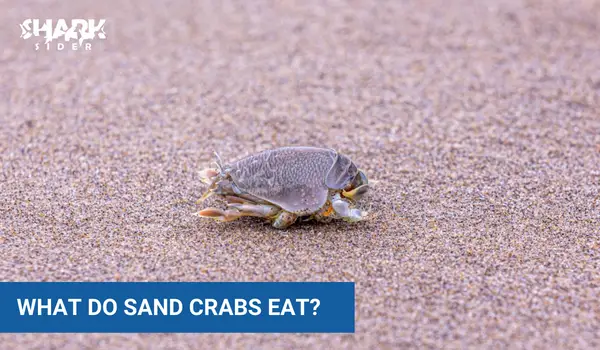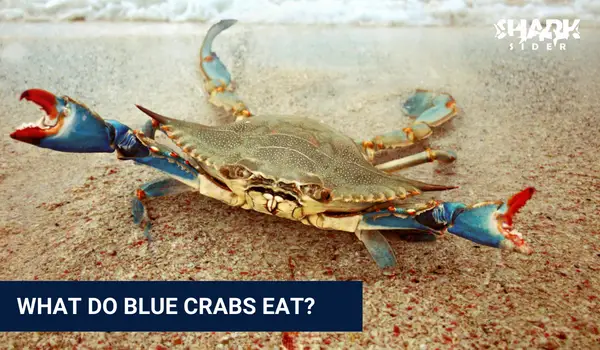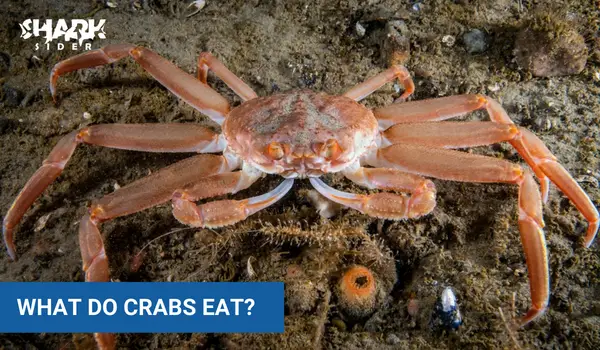Crabs are some of the most popular seafood species, especially for their meaty and flavorful claws and legs. But have you ever wondered what do crabs eat? While it may not be a topic that instantly springs to mind when thinking about crab cuisine, understanding more about their dietary habits can help us appreciate these fascinating aquatic creatures even more…
From vegetation in their habitats, to small fish or mollusks, we’ll explore all aspects of what makes up a crab’s diet in this blog post. So read on to discover why these surprisingly picky eaters just might surprise you with their unique food choices!
What do crabs eat?
Though crabs are omnivorous, meaning they eat both plants and animals, most of their diet consists of vegetation. Crabs primarily feed on algae and other types of aquatic plants, as well as small invertebrates like mollusks, worms, and tiny crustaceans.
In addition to these plant-based options, some crabs will also feed on fish or shellfish that may be available in the same area. In saltwater habitats especially, crabs are known to hunt for larger prey such as small fishes or snails. While these protein sources make up a smaller portion of their diet overall, they provide important nutrients necessary for a healthy crab life.
What do crabs eat in captivity?
Considering their wild diet preferences, crabs kept in captivity can pose something of a challenge when it comes to mealtime. Most owners typically provide them with the same type of food they would find in their natural habitats, such as seaweed and algae. Commercial crab diets are also available, but should be supplemented with fresh fruits and vegetables for added vitamins and minerals. In addition to these plant-based foods, owners can give their crabs seafood like shellfish or shrimp to provide them with more protein.
What do hermit crabs eat?

Hermit crabs are omnivorous and need a balanced diet to stay healthy. A variety of fruits, vegetables, meat, fish and commercial hermit crab diets can all be offered to your pet hermit crab for optimal nutrition. Fruits such as apples, grapes and strawberries can provide vitamins and minerals. Vegetables like broccoli and carrots should also be included in the diet. For proteins, cooked small pieces of lean meats or seafood such as clams or shrimp are suitable options. Additionally, a formulated hermit crab food is available in most pet stores that contains essential nutrients necessary for their growth and development.
What do sand crabs eat?

Unlike hermit crabs, sand crabs are scavengers. That means they search for food that has already been left behind by other animals and organisms. Sand crabs primarily feed on debris like decaying plants, seaweed, algae and other small bits of detritus that have washed up on the shoreline. As omnivores, they will also eat small invertebrates such as worms and mollusks.
What do blue crabs eat?

Blue crabs are also omnivorous and feed on a variety of foods found in their natural habitats. They typically forage for aquatic plants such as algae, seaweed, and macroalgae, as well as small invertebrates like worms, mollusks, crustaceans and even fish eggs when available. Like other species of crabs, blue crabs are also known to hunt for larger prey like clams and small fishes when they can.
Conclusion
Now that you know more about the diverse diet of crabs, you can appreciate them in a whole new light! From their scavenging habits in the wild to their specialized diets in captivity, no two crab species are the same. So next time you spot a crab, take some time to appreciate the wonderful variety of foods they consume on a daily basis.
This blog post has given you an overview of what do crabs eat in the wild, as well as tips for feeding them in captivity. Remember that each species requires its own unique diet tailored to their specific needs, so be sure to do your research before introducing crabs into your home. With the right nutrition plan, you’ll be able to keep them healthy and happy for a long time!

